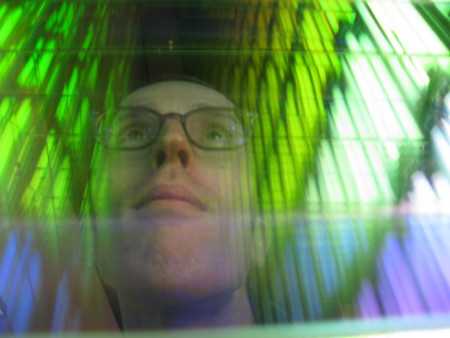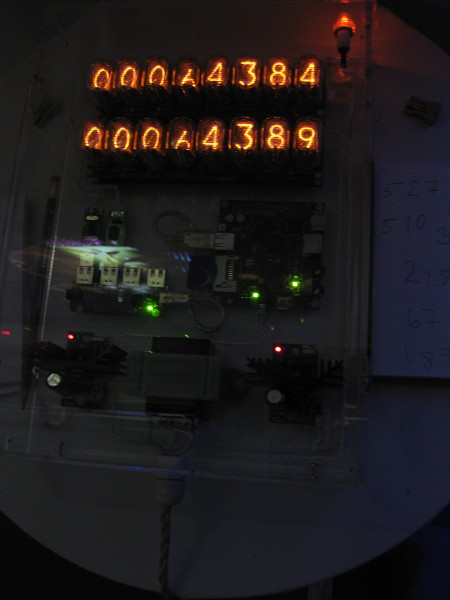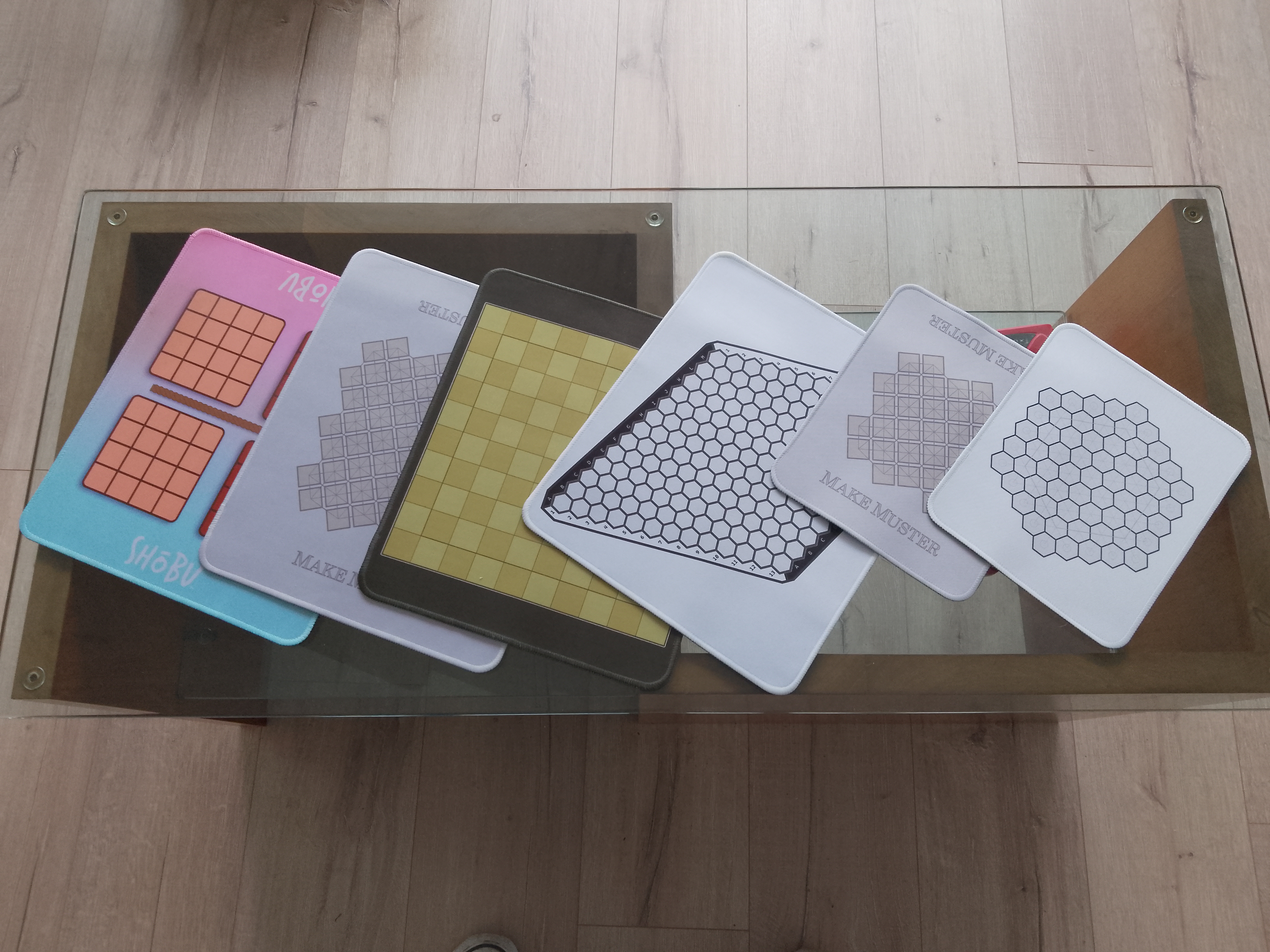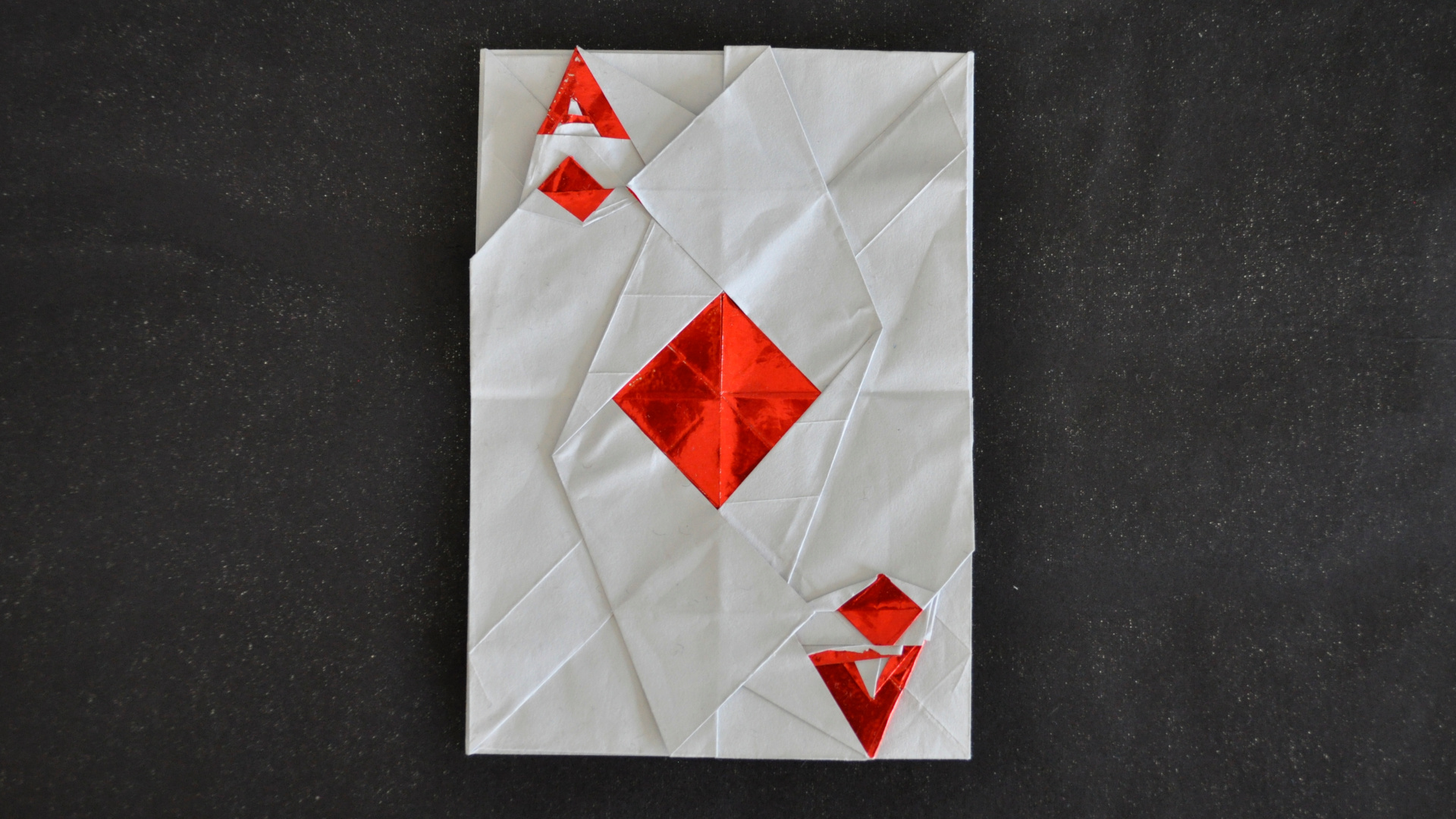Kinetica Art Fair 2010
This weekend, thanks to a tip-off from a friend I visited Kinetica Art Fair. Having been to last year’s event, I knew what to expect and so I came prepared with my camera.

Immediately, the art afficionados amongst you will have noted “camera” - Kinetica is a very informal event. Photography is allowed as long as it isn’t disruptive and many of the exhibits are interactive.
The artists are usually on hand to discuss their work and are typically very keen to do so. Professor Frederic Fol Leymarie gave me a very interesting walk-through the art/research project on computation models of creativity that he is involved with, for example. I also chatted briefly with Giles Walker who I met at last year’s event when he was exhibiting his pole dancing robots.
So, what did the art look like?
The following pictures were all taken in low light conditions, so they’re not as clear as they could be. In some cases, I think that adds to the effect. It also illustrates how many of the art works really needed to be experienced in person, especially this one, which was an illuminated cable attached to a ticking metronome, creating wave patterns in the air:
There was a long explanation attached to this work, which if memory serves me correctly was displaying digital information from a digitization of another artist’s musical work:

On/Off was a little easier to understand. A nearby push button wirelessly operated the sign:

I particularly liked these ghostly figures. They were equally spooky in real life, reminding me of Antony Gormley’s Quantum Cloud, located near the Millennium Dome. As far as I could tell the figures were made from strands of fiber optic cable with pin-pricks to let the light out in the right places to form the person amongst the strands:
This is a moving sculpture which uses the persistence of vision effect (also works with cameras, see!) to create glowing red balls out of illuminated half-circles of leds. The artist obligingly has the sculpture slow down occasionally so that the viewer can see how it works:
These glasses aren’t half empty or half full. Two of them aren’t even real. They are an optical effect created by reflections from specially etched patterns on the flat metal disc. I heard the artist explaining to a passerby that he had etched them by hand, but I have no idea how he knew what pattern to use. The glasses appear to be three dimensional when viewed from the right angle:
This miniature head is a similar optical illusion. You can attempt to pick it up, but your fingers go right through it. The head is actually standing on a parabolic mirror beneath the opening in the stand - a toy which left such an impression on me as a child that I still remember seeing it demonstrated on television by Johnny Ball. There’s a nice video demo and explanation here.
This is a wall-mounted mobile that visitors were encouraged to blow on to spin the segments. Like some of the other mobile sculptures, this one was not dissimilar to some of the works of Alexander Calder that I am a fan of.
The next picture doesn’t really show much. That’s because this sculpture was more of a musical work than a visual work. When the metal tines are stroked, rather like playing a harp, the sculpture makes a pleasant ringing sound:
No visual modern art exhibition would be complete without a bit of neon:
And finally, a not so great picture of a fascinating exhibit. I’m not quite sure what it was but there was a large crowd of people looking at it. The perspex cylinder seemed to contain a spinning vortex of little red dots. I have no idea how it worked:
BTW The title picture is NOT Photoshopped. It is a picture of my reflection in a holographic mirror.




